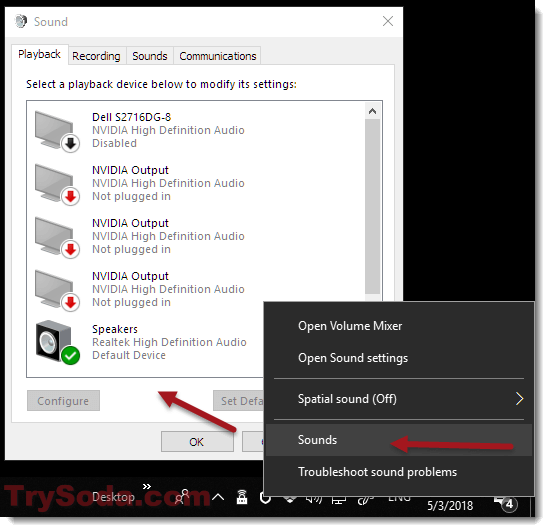

- Sound blaster software your audio device cannot be detected how to#
- Sound blaster software your audio device cannot be detected install#
- Sound blaster software your audio device cannot be detected windows 10#
- Sound blaster software your audio device cannot be detected Pc#
In this guide, you’ll learn how to check if your onboard sound card is broken.
Sound blaster software your audio device cannot be detected windows 10#
If you encounter sound issues on your computer, such as no sound after Windows 10 update, “No Audio Output Device is installed”, and static sound in headphones, you may need to determine whether your sound card is the culprit or not first. Most of sound cards are integrated with the motherboard. Official and further information about how to configure ASIO4ALL is documented in the official ASIO4ALL FAQs on the ASIO4ALL website.A sound card (also known as audio card) is a part of computer hardware that controls and processes the input and output of all audio on your device. Have a look at this video by trombonepizza which gives more detailed setup information on ASIO4ALL. If instead you see a red cross or yellow symbol, close other applications that may be accessing your sound card (e.g. Enabled and accessible input/outputs show as lit up power buttons and play buttons in the ASIO4ALL settings.
Sound blaster software your audio device cannot be detected Pc#
If nothing works, first restart Jamulus and/or your PC to close background processes that may be accessing your sound card.Īfterwards, set up the inputs/outputs again.

You can hover over the inputs/outputs to see which of both they are and if they support the required sample rate for Jamulus of 48kHz (DVD quality). Now enable the correct inputs/outputs in the list under your sound card and disable everything else.Open your sound card inputs/outputs by clicking the plus icon next to this sound card.Enable only the sound card you want to use by clicking on the button next to its name.Enable advanced view in ASIO4ALL (click the tool icon on the bottom right).Go to “ASIO Device Settings” (column on the left directly under the selection of the driver).Search the community list of working ASIO4ALL configurations for your configuration or do it manually if you can’t find yours: If the Jamulus audio doesn’t work out of the box, make sure that only the correct inputs/outputs in ASIO4ALL are switched on.ASIO4ALL needs exclusive access to your sound card which means that other programs will not be able to use audio if ASIO4ALL and Jamulus are running. Close all applications (especially those which could access your sound card like your browser/media player).Tip: Set up your sound card while you’re connected to a server to hear your instrument or voice and check if everything is correctly set up but first read on. If everything works out of the box, you don’t need to do anything. You may or may not need to experiment a bit depending on your sound hardware. ASIO4ALL v2.14 includes a workaround for a bug which might break other functionality.
Sound blaster software your audio device cannot be detected install#

Now you should be able to use Jamulus just like any other application. (If you grabbed a new version of Jamulus and are one of the first people who downloaded it, Jamulus won’t be whitelisted by SmartScreen yet. If you get a warning notice from SmartScreen, click on “More info” and “Run anyway” to install Jamulus. Install Jamulus: Double click the installer to launch it.For more information scroll down to the ASIO section. If you can’t find that, or you don’t have an external sound card, you probably need to install ASIO4ALL. Try to use the driver that your hardware manufacturer provides. Upgrading? You may want to back up your configuration first. Make sure you read the Getting Started page. Using Jamulus | Getting Started Installation for Windows


 0 kommentar(er)
0 kommentar(er)
